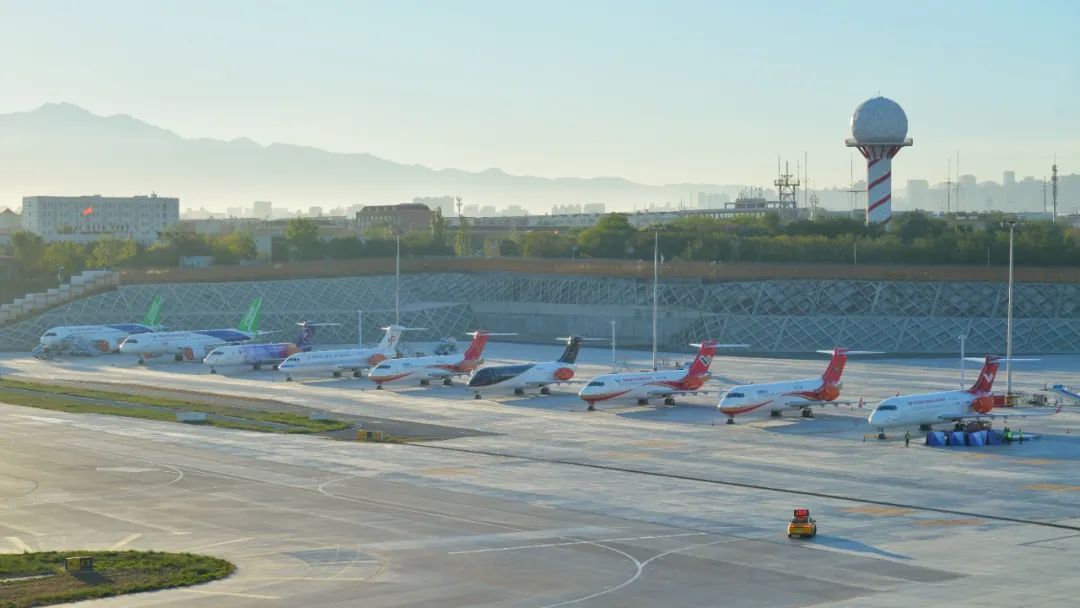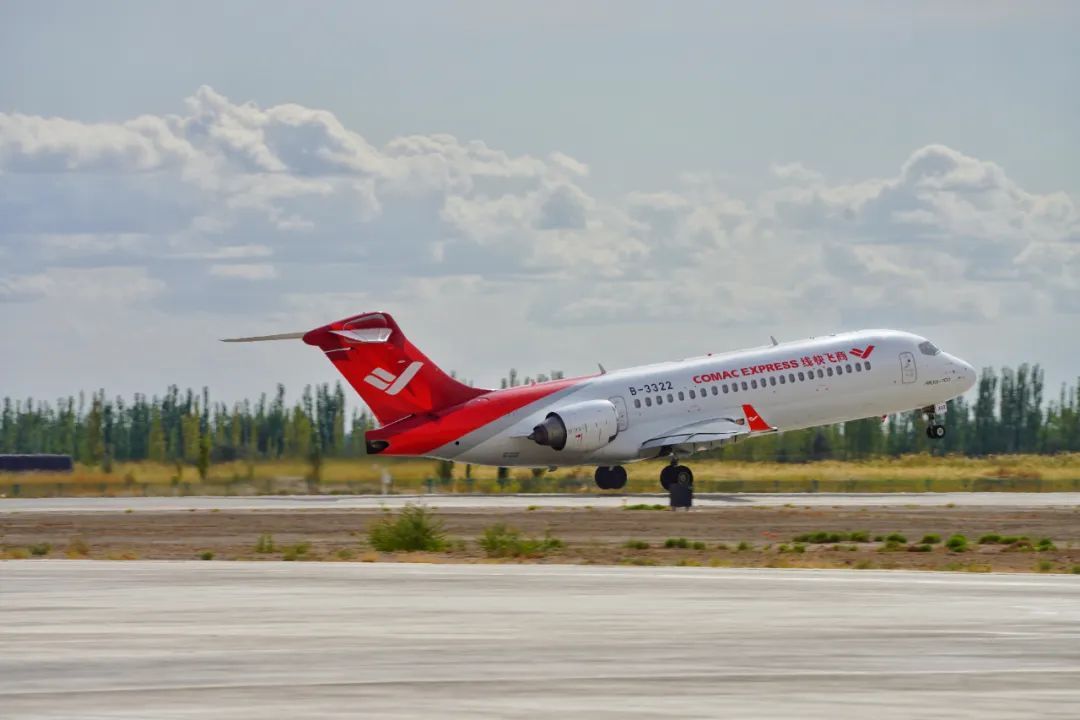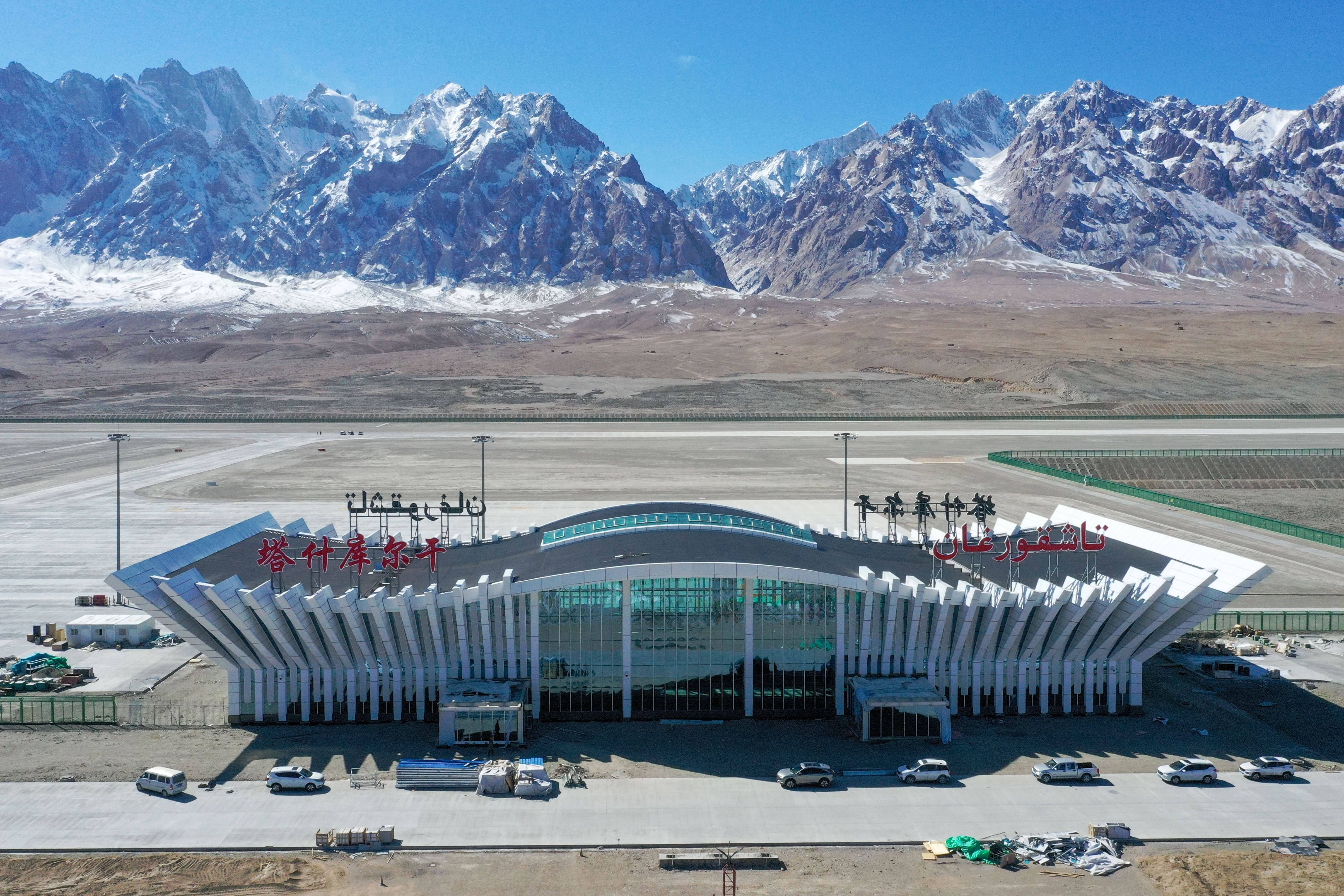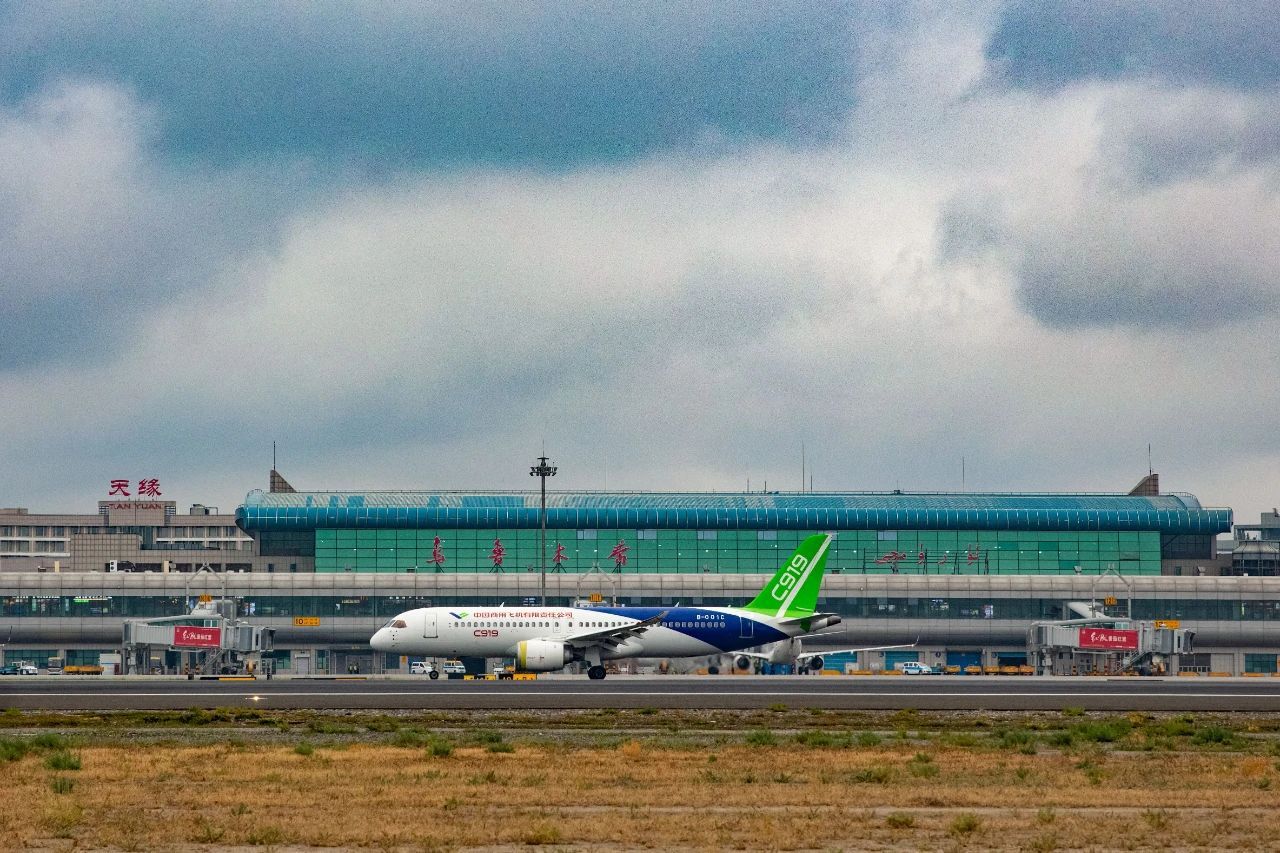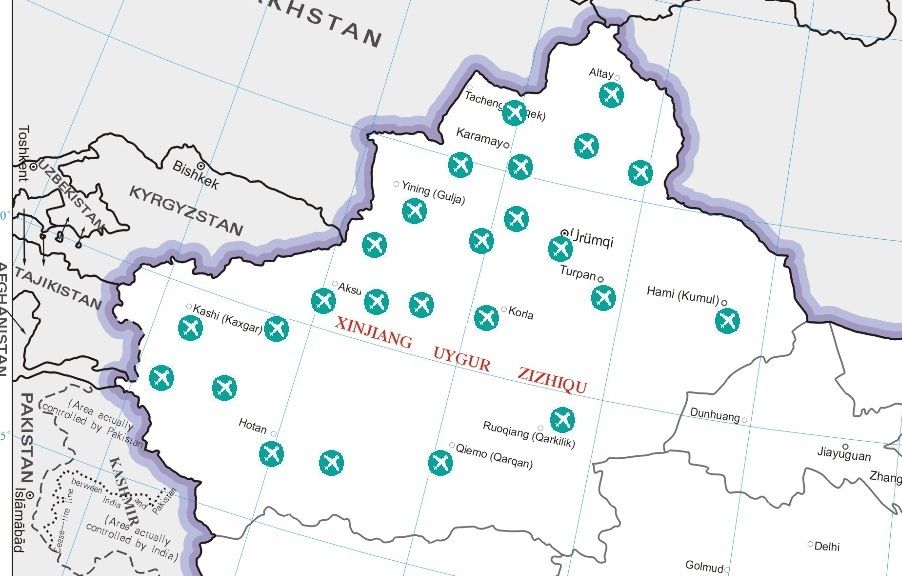Summary
- COMAC conducted a successful month-long demonstration flight in Xinjiang, showcasing the adaptability of China-manufactured commercial aircraft to the region’s complex terrain and diverse climate.
- The ARJ21 aircraft completed a total of 184 flight segments during the demonstration, achieving an average daily utilization rate of 9.2 hours and validating its performance on various routes and airports in Xinjiang.
- Regional aviation plays a crucial role in Xinjiang’s transportation and economic development, providing access to remote areas, fostering trade and tourism growth, and serving as a hub for delivery companies.
Recently, the Commercial Aircraft Corporation of China (COMAC) conducted a low-profile month-long demonstration flight in Xinjiang, a northwestern province of China. On September 23rd, as part of this demonstration, an ARJ21 aircraft from COMAC’s own fleet, known as the “COMAC Express,” flew from Kuche Qiuci Airport (KCA) to Urumqi Diwopu International Airport (URC), marking the official conclusion of its one-month demonstration flight program.
During this demonstration flight period, COMAC deployed one ARJ21 aircraft and two C919 aircraft, validating the adaptability of China-manufactured commercial aircraft to the complex terrain, diverse climate, variable weather conditions, and numerous and widely distributed airports in the Xinjiang region.
Although only three aircraft participated in the demonstration flight, COMAC, for some reason, brought an additional six ARJ21 aircraft, including all existing derivatives (COMAC Business Jet, ARJ21 BCF, ARJ21 medical transport aircraft, ARJ21 emergency command aircraft) to Urumqi Airport on the last day. This brings the total number of COMAC aircraft at Urumqi Airport to nine today, seemingly indicating some form of display or showcase.
COMAC’s ambition
For COMAC, given the slow growth of the domestic regional aviation market in China, the best way forward may indeed be to focus on international markets. When considering political and economic factors, apart from the continuously expanding Southeast Asian market, Central Asia could potentially be the next target. Xinjiang, without a doubt, serves as an excellent base for expanding into the Central Asian market.
ARJ21 performance
Starting from August 24th, the ARJ21 aircraft operated primarily on regional routes based at Yining and Kuche airports in Xinjiang. They completed a total of 184 flight segments, covering a wide range of routes, including the longest east-west route from Hami to Kashgar, the longest north-south route from Yutian to Kanas, and the shortest route from Yining to Zhaosu within Xinjiang. The aircraft achieved an average daily utilization rate of 9.2 hours, with a peak daily utilization rate of 13.5 hours, accumulating a total flight time of 276 hours.
Photo: COMAC
During the demonstration flight period, the ARJ21 aircraft completed nine flights to the highest-altitude airport in Xinjiang, Tashkurgan Hongqilafu Airport (HQL), validating the aircraft’s adaptability to the procedures and high-altitude operations at this airport.
Photo: Tashikuergan Airport
Additionally, the ARJ21 aircraft conducted simulated single-engine driftdown on the Yining-to-Hotan route, which passes through the Tianshan Mountains and has a minimum safe altitude of 5,386 meters, thus verifying the feasibility and operability of the aircraft’s driftdown procedures.
C919 performance
Starting from September 11th, the C919 aircraft, based in Urumqi, successively arrived at nine airports, including Kuche, Karamay, Altay, Kashgar, and Yining. It completed 41 flight segments, accumulating a flying time of 64 hours and 56 minutes. This comprehensive validation aimed to assess the compatibility of the C919 aircraft with the air routes and airport operating environments in Xinjiang.
Photo: COMAC
Regional aviation in Xinjiang
Xinjiang is one of China’s largest and most sparsely populated provinces, with an area of over 660,000 square miles (approximately one-sixth of the size of mainland China). Due to the vast distances between cities, great linguistic, cultural, and economic diversity, and a lack of traditional transportation infrastructure, regional aviation provides a unique opportunity for travel and commerce in this vast and diverse region.
Xinjiang’s location is well positioned for regional aviation due to the central Asian countries that border it. Regional aviation also benefits the local economy, allowing for faster trade and airports serving as hubs for delivery companies.
Photo: Su Wu / Simple Flying
Therefore, regional aviation is an essential form of transportation in Xinjiang. It can foster economic and tourism growth, as well as provide access to goods and services that were previously less accessible. As the government continues to invest in aviation infrastructure in Xinjiang, with an especially strong focus on regional aviation, this could be a valuable route forward for the region.

